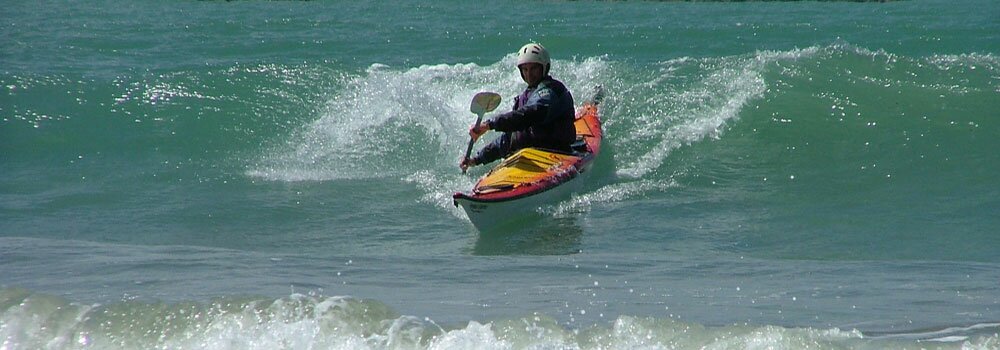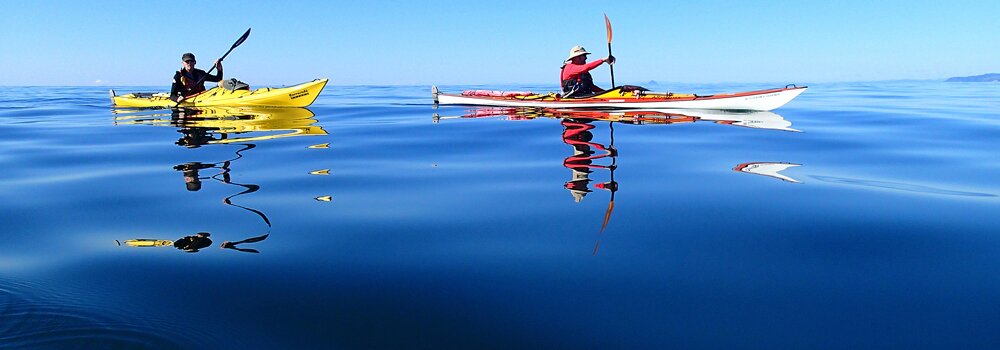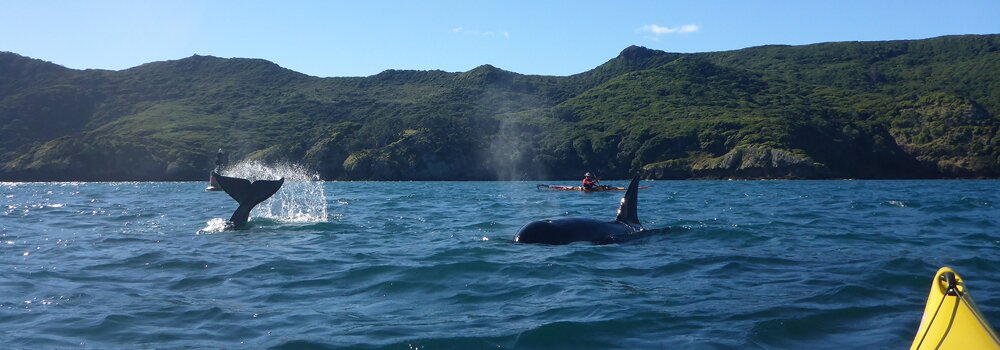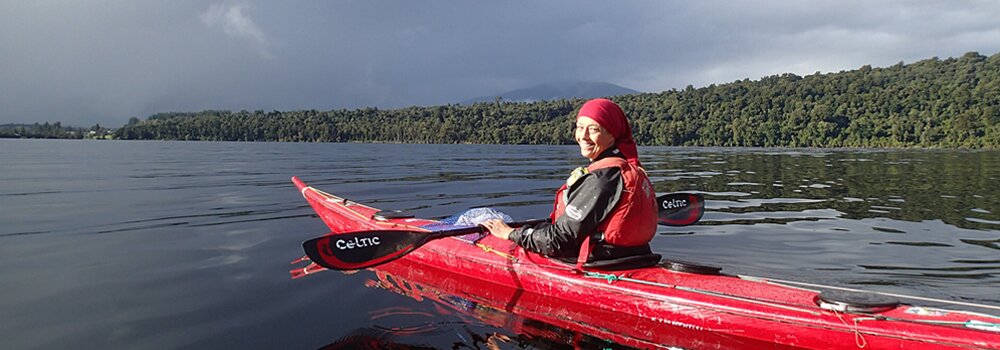Paddle Length
Paddles, paddle length and why Americans can’t paddle
Maybe the last bit of the title should be explained first. Some manufacturers recommend paddles of a length suitable for pole vaulting. We are sea kayaking aren’t we? A big strong paddler can get away with any style but for most of the rest of us efficiency means going further and enjoying it without stressing ourselves. The disadvantage is we have to sit around waiting for those without the strength or technique to catch up. Note, Werner, who used to be one of those with a too-long chart has changed its sizing recommendations and now tends towards something reasonable. Co-incidentally it happened soon after this was first published.
To start with, two human activities, throwing a spear and shovelling dirt. Taking the first, the longer the arm, the faster and further the spear can be thrown, within limits. That’s why a woomera, norsaq or throwing stick are used. It would be interesting to find out how much further an Olympic javelin thrower could get if allowed to use one.
Note the thrown item is relatively light and speed is of the essence.
Shovelling dirt. Do you hold the shovel very near to the blade with one hand and the other hand back a bit to balance it or do you hold the shovel with both hands near the end of the handle? It is obvious, if weight is to be lifted, the closer to the blade the lifting hand is the greater the weight of dirt that can be moved.
If we now apply this to paddles, it would appear that a greater force can be applied to moving the kayak, the closer one’s hand is to the blade. Speed is not needed as it is with spear throwing.
What happens with tall paddlers? Nothing, their arms are longer so their hands are just as close to the water as a short paddler’s hands.
What about a big fat wide kayak? We’re not talking about really fat, we’re talking about a reasonable beam touring kayak and touring means distance and efficiency. The actual difference in beam is half the beam difference.
So the comment about Americans? They recommend (Werner used to be a bad example – note, they have completely changed their sizing charts, sometime in 2014, after this was first posted) up to 240 cm long paddles on their websites, where a sensible length allowing maximum force would indicate something like 200 cm to 210 cm in length. They also talk about low angle paddling. This means the paddle blade is as far from the hull as possible which introduces a turning movement to the hull meaning you are now zig-zagging. Not very efficient either.
Maximum efficiency to achieve a required result, means the least power needed, which means you can either paddle further without tiring or be fresher at the end of your trip.
Paddle blades and size needed. It is fairly obvious that some surface area is needed to grip the water. However other things come into it. Grip on the water versus area is not linear. Using body rotation rather than bending your elbows moves the paddle in an arc. That arc can be used, making the paddle move away (not far) from the hull with the blade angled to give “lift”. This “lift” equals grip on the water and is the equivalent of a wing on an aircraft. Both the Wing and Greenland paddles rely on this for maximum efficiency. This also means smaller area can be used for the same grip-on-the-water.
What all this means is be critical of any sizing chart. Do the paddle manufacturers actually know how touring paddlers paddle? Do they actually know how to paddle efficiently? Sadly it appears, No.
From “Kayak Paddles-2300” and though talking about competition, it is obvious that there is a suggestion for shorter paddles for longer events. Why? Because you will get tired the longer you paddle. So? Applied to sea kayaking and efficiency and making things easy it tends to indicate, use a shorter paddle.
Guide to Paddle Length
(A rough guide to paddle length for multisport kayaks based on discussions with experts and paddlers)
Paddler Under 1hr Over 1hr
1.5m 208cm-212cm 206cm-210cm
1.6m 210cm-214cm 208cm-212cm
1.7m 212cm-216cm 210cm-214cm
1.8m 214cm-218cm 212cm-216cm
1.9m+ 216cm+ 216cm+
KASK's aims are to:
1. Promote and encourage the sport of sea kayaking2. Promote safety standards
3. Develop techniques and equipment
4. Deal with issues of coastal access and protection
5. Organise sea kayak forums around the country
6. Publish the Sea Canoeist Newsletter and the KASK Handbook




